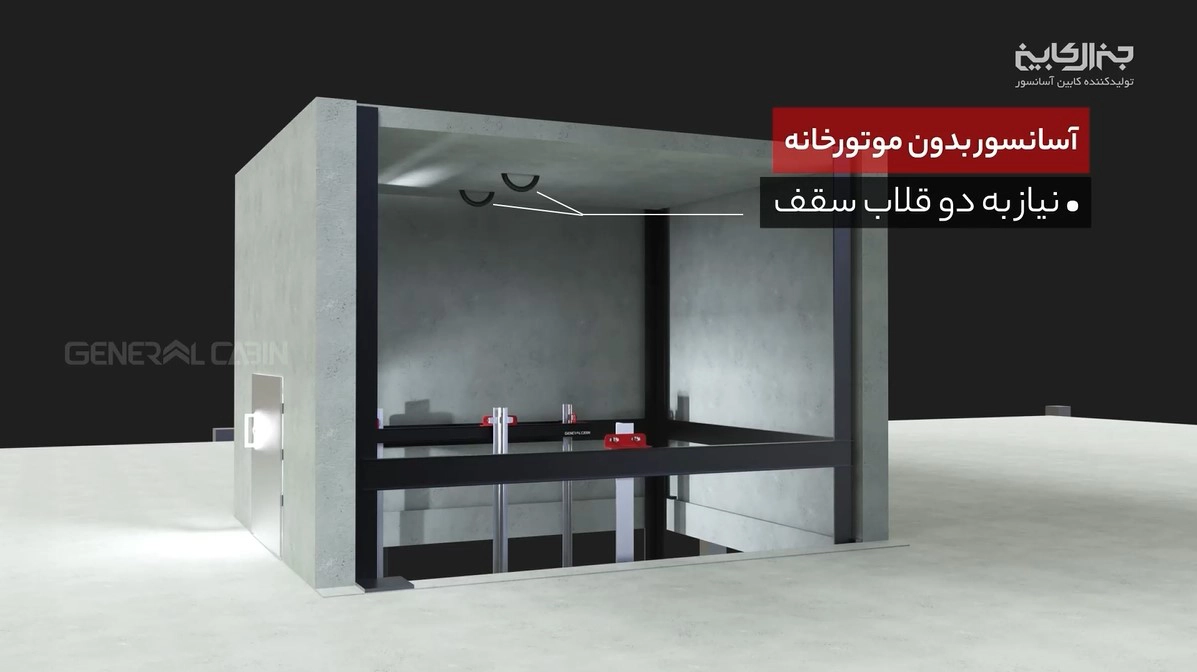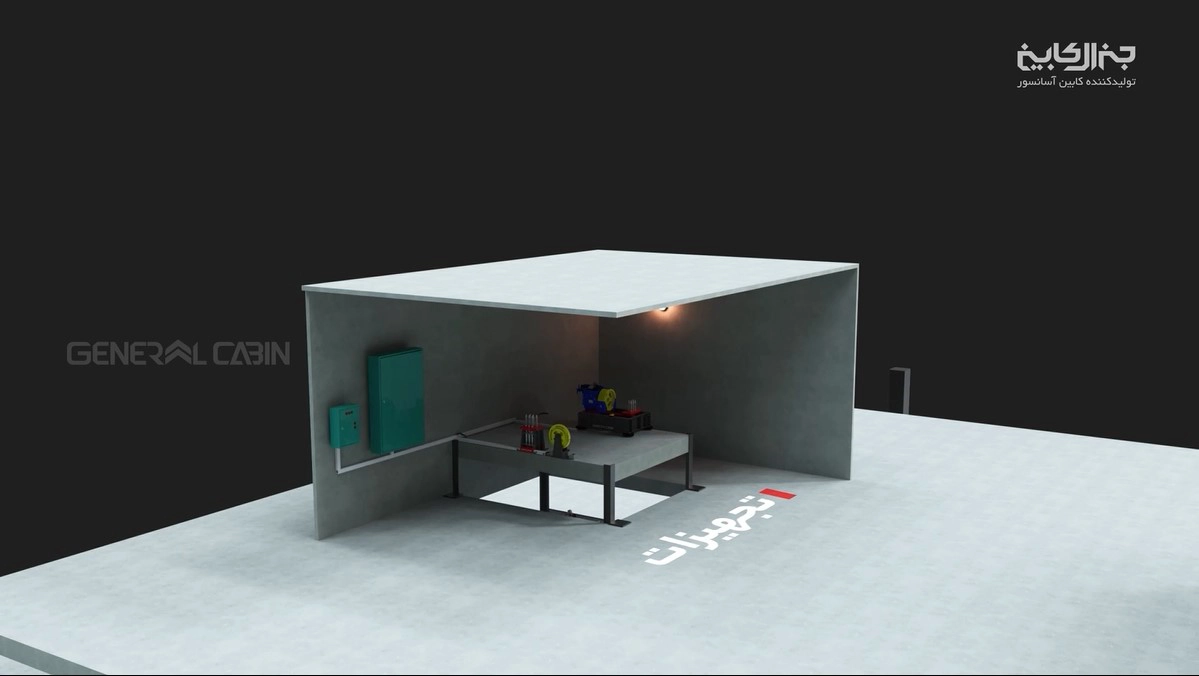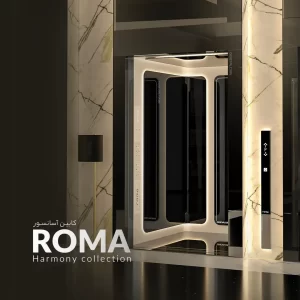
Elevator Shaft Ceiling
Undoubtedly, the elevator shaft ceiling is one of the most critical aspects in the design and implementation of elevators, greatly influencing their performance, safety, and lifespan. Serving as the uppermost cover of the elevator shaft, it not only enhances the aesthetic appeal of the building but also ensures its physical functionality and safety.
In general, the elevator shaft ceiling should possess qualities such as strength, resistance to impact, fireproofing, and weatherproofing. Additionally, it must be designed in a way to prevents the entry of any foreign materials into the elevator shaft, ensuring the safety of passengers and workers.
Furthermore, among the considerations in designing the elevator shaft ceiling is providing sufficient clearance from the cabin surface and the elevator system, preventing material slippage, and ensuring proper ventilation within the elevator shaft. Thus, the elevator shaft ceiling plays a pivotal role in enhancing safety standards but also in adding to the beauty and design aesthetics.


Implementation of Elevator Shaft Ceiling According to Standards
When reaching the top floor or the final destination of passengers, look up: does your elevator have a machine room or not? This is a key question that determines how the overhead elevator shaft ceiling should be designed and executed.
If there’s a machine room, a single ceiling hook is essential. However, if your elevator operates without a machine room, you need two ceiling hooks, as these safety measures are fundamental in preventing any potential accidents.
Every elevator, whether with or without a machine room, requires attention to technical details. In the case of having a machine room, the clearance height, speed, cabin height, and floor space are all related. Moreover, the dimensions of the machine room must be such that, besides providing adequate space for equipment installation, they also ensure safe traffic flow.
For elevators without machine rooms, the conditions of exit and the design of the overhead elevator, as well as the upper space, determine factors such as cabin speed, floor space, and height, all of which are intricately linked to the design considerations.


